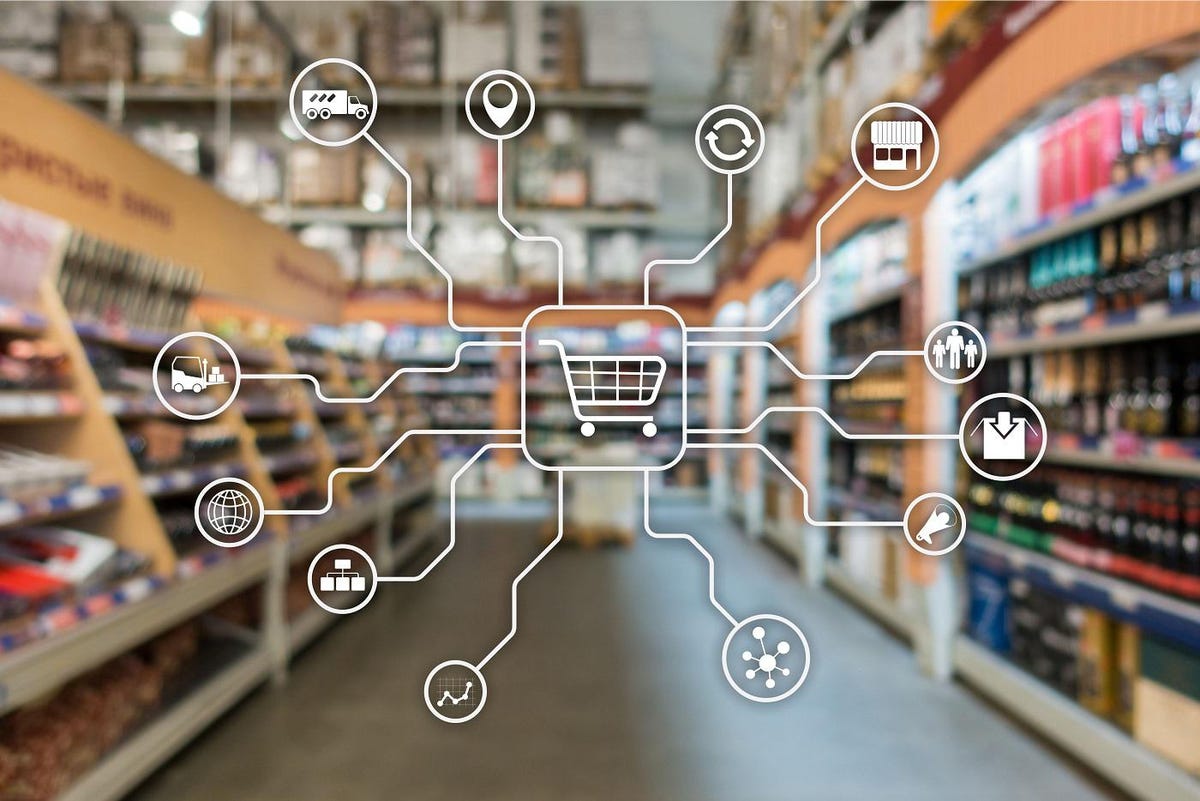

How Technology is Transforming the Retail Industry
The retail industry has undergone a significant transformation in recent years, and technology has been at the forefront of this change. From online shopping to mobile payments, artificial intelligence, and augmented reality, technology has revolutionized the way retailers operate and interact with their customers. In this article, we’ll explore the various ways technology is transforming the retail industry and what it means for retailers, customers, and the future of retail.
E-commerce and Online Shopping
One of the most significant impacts of technology on the retail industry has been the rise of e-commerce and online shopping. According to the US Census Bureau, e-commerce sales have grown from just 3.5% of total retail sales in 2008 to over 16% in 2020. This shift towards online shopping has forced retailers to adapt and invest in their digital presence, including websites, mobile apps, and social media.
Today, online shopping is no longer just about convenience; it’s about providing a seamless and personalized experience for customers. Retailers are using data analytics and machine learning to offer personalized product recommendations, targeted marketing, and loyalty programs. For example, Amazon’s "Frequently Bought Together" feature uses AI-powered algorithms to suggest products based on a customer’s browsing and purchasing history.
Mobile Payments and Contactless Transactions
Mobile payments have also become increasingly popular, with the rise of Apple Pay, Google Pay, and Samsung Pay. According to a report by Juniper Research, mobile payments are expected to reach $14.3 trillion by 2023, up from just $1.3 trillion in 2019. Contactless transactions have become the norm, with many retailers accepting mobile payments, such as tap-to-pay cards, smartwatches, and fitness trackers.
Mobile payments have not only made transactions faster and more convenient but have also opened up new opportunities for retailers to engage with customers. For example, retailers can use mobile payments to offer loyalty programs, discounts, and promotions, as well as gather valuable customer data.
Artificial Intelligence and Chatbots
Artificial intelligence (AI) is being used in retail to enhance customer service, improve operational efficiency, and personalize the shopping experience. Chatbots, powered by AI, are being used to provide 24/7 customer support, answer frequently asked questions, and help customers with orders and returns.
Retailers are also using AI-powered predictive analytics to forecast demand, manage inventory, and optimize supply chains. For example, Walmart is using AI to predict demand and adjust inventory levels in real-time, reducing waste and improving customer satisfaction.
Augmented Reality and Virtual Reality
Augmented reality (AR) and virtual reality (VR) are changing the way customers interact with products and retailers. AR allows customers to see how products would look in their home or on their body before making a purchase. For example, IKEA’s AR app allows customers to see how furniture would look in their living room before buying.
VR, on the other hand, is being used to create immersive shopping experiences. For example, luxury retailer, Macy’s, has launched a VR experience that allows customers to explore a virtual store and interact with products in 3D.
In-Store Technology
While online shopping has grown in popularity, brick-and-mortar stores are still an essential part of the retail landscape. In-store technology is being used to enhance the shopping experience, improve operational efficiency, and provide customers with a seamless transition between online and offline channels.
For example, many retailers are using digital signage, interactive kiosks, and mobile apps to provide customers with product information, offers, and promotions. Some retailers are also using AI-powered cameras and sensors to track customer behavior, optimize store layouts, and improve customer service.
Inventory Management and Supply Chain Optimization
Technology is also being used to improve inventory management and supply chain optimization. Retailers are using data analytics and machine learning to forecast demand, manage inventory levels, and reduce waste. For example, fashion retailer, Zara, uses data analytics to predict demand and adjust production in real-time, reducing waste and improving supply chain efficiency.
Personalization and Customer Experience
Personalization is key to providing a memorable and engaging customer experience. Retailers are using data analytics, machine learning, and AI to personalize product recommendations, offers, and marketing messages.
For example, fashion retailer, ASOS, uses AI-powered algorithms to provide customers with personalized product recommendations based on their browsing and purchasing history. Similarly, coffee chain, Starbucks, uses data analytics to offer customers personalized promotions and rewards based on their purchase history.
Cybersecurity and Data Protection
With the rise of online shopping and mobile payments, cybersecurity and data protection have become critical concerns for retailers. Retailers are investing heavily in cybersecurity measures, such as encryption, firewalls, and intrusion detection systems, to protect customer data from hackers and cybercriminals.
The Future of Retail
The retail industry is undergoing a significant transformation, driven by technology and changing customer behavior. The future of retail will be shaped by emerging technologies, such as AI, AR, and VR, as well as shifting consumer preferences towards sustainability, convenience, and personalization.
To stay competitive, retailers must invest in technology, adapt to changing consumer behavior, and provide a seamless and personalized experience across all channels. The retailers that succeed will be those that can innovate, adapt, and evolve with the changing retail landscape.
Conclusion
Technology has transformed the retail industry in ways that were unimaginable just a decade ago. From online shopping to mobile payments, AI, and AR, technology has revolutionized the way retailers operate and interact with their customers. As the retail industry continues to evolve, technology will play an increasingly important role in shaping the future of retail.
Retailers that invest in technology, adapt to changing consumer behavior, and provide a seamless and personalized experience will thrive in this new retail landscape. Those that fail to adapt will struggle to survive. The future of retail is exciting, and it’s clear that technology will be at the forefront of this transformation.




